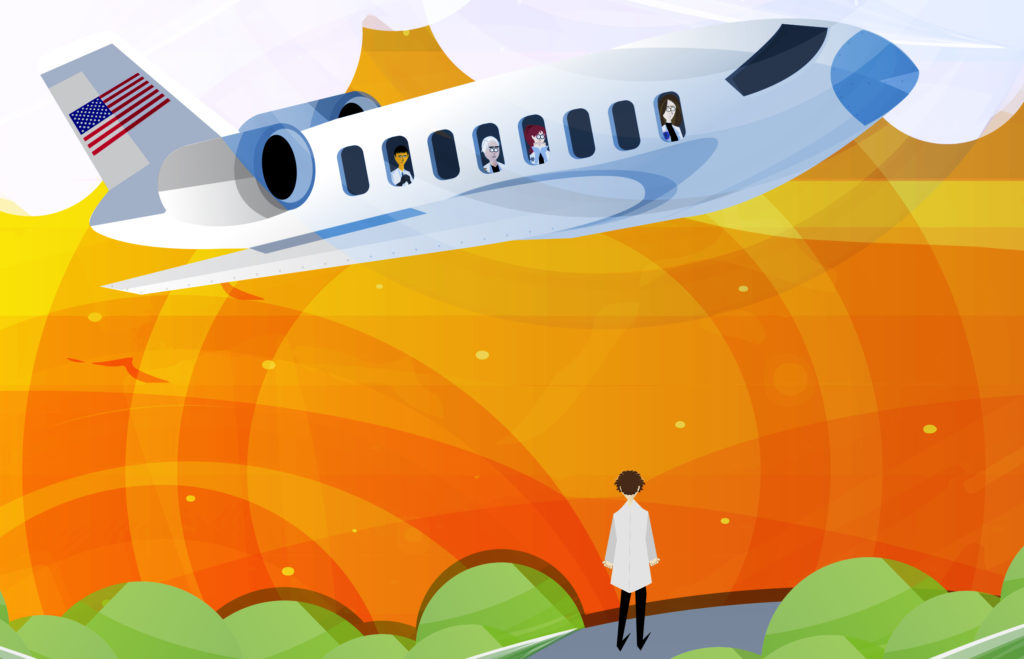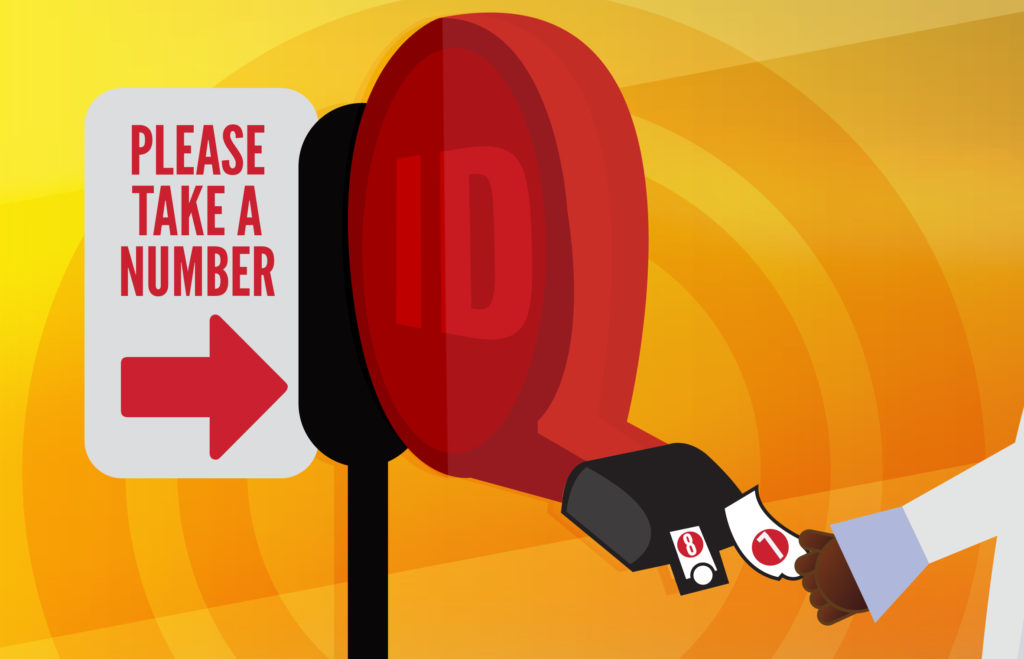Understanding the Fly America Act is important for all researchers planning government-funded travel.
The Birth of the Fly America Act
Commercial aviation witnessed a transformative shift following World War II. Initially reserved for military purposes, commercial air travel began to flourish as civilians embraced its convenience. This surge in air travel highlighted the necessity for regulating the industry. In response, the Federal Aviation Administration (FAA) emerged from the Federal Aviation Act of 1958, later becoming a component of the Department of Transportation under the Department of Transportation Act in 1967.
The evolution of air travel regulation continued in 1974 with the enactment of the Fly America Act. Designed to safeguard U.S. interests in international air travel funded by the government, this act prioritizes U.S. airline carriers. This initiative serves both to support domestic airlines and promote the U.S. aviation industry on a global stage when passengers travel on federal funds.
Importance for Researchers
Adhering to the Fly America Act applies not only to federal government employees but also their dependents, grantees, and other travelers funded by federal resources. Even foreign researchers visiting the U.S. under federally funded grants must choose U.S. flag air carriers for their travel.
A U.S. flag air carrier should not be confused with a traditional flag carrier. These are airlines that have historically been government-owned or are otherwise closely tied to the identity of a particular country, like British Airways or Aeroméxico. U.S. flag air carriers encompass a wide range of airlines, including smaller entities like Air Wisconsin Airlines and Avelo, a new carrier based in Houston. You can find a comprehensive list of U.S. flag air carriers here.
Navigating Exceptions
While the Fly America Act carries strict guidelines, exceptions do exist. Instances where no U.S. flag air carriers serve the destination or where such carriers would extend the trip by over 24 hours warrant special consideration. In these cases, maintaining meticulous records is essential in order to validate the use of non-U.S. airlines. A list of exceptions can be found here.
Open Skies Agreements introduce another facet to the Fly America Act. These agreements between the U.S. Government and other countries enable travelers, including researchers, to use foreign air carriers for government-funded international travel. Several countries, including those in the European Union, Australia, Switzerland, and Japan, maintain Open Skies Agreements. Flights on British Airways are no longer permitted under an Open Skies Agreement due to the United Kingdom’s exit from the European Union. Proper documentation is essential when claiming a Fly America Act exception, even if covered under an Open Skies Agreement. Detailed travel itineraries, internal agency forms, and evidence of a Fly America exception must be included in travel receipts.
The Big Idea
Compliance with the Fly America Act ensures your travel expenses are reimbursable on government grants. It’s important to remember that cost and convenience are not exceptions to the act. A thorough understanding of Fly America Act’s provisions and exceptions is a must before you book your next flight!



